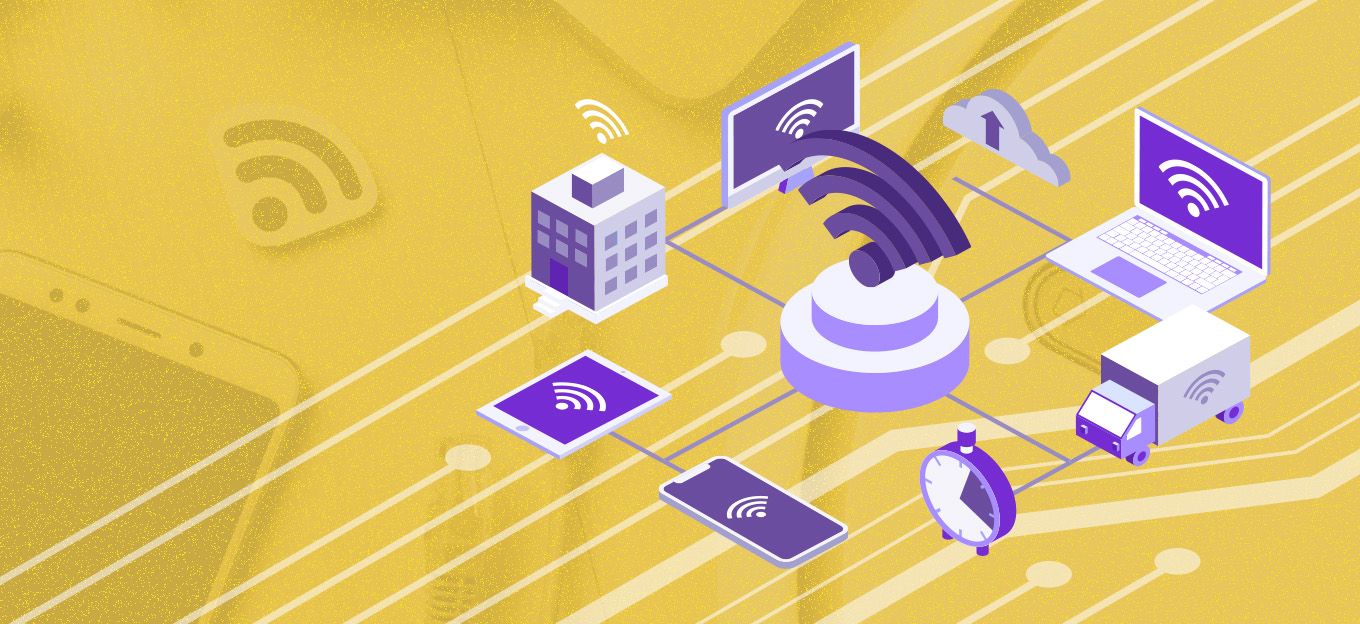Prototyping a Smart Cat Litter Box for $60
Prototyping a Smart Cat Litter Box for $60
- Last Updated: December 2, 2024
Eric Zhang
- Last Updated: December 2, 2024



Many of my coworkers at Leverege are cat owners. They asked me whether I could build something to let them know when their cats used the litter box so that they could clean it up before their homes started to smell. I guess my chicken coop project inspired them, so here we are, innovating in the trenches of a kitty litter box.
The Internet of Cats
There are many ways to tackle the problem, including gas sensors that “smell” the waste, camera or video feeds that use AI to identify when a cat is close, motion sensors that report litter box activity or infrared sensors that check for heat signatures. There are pros and cons to each, but I was confident that a weight/pressure sensing approach would get the job done, so that’s the route I took.
- Particle Argon (IoT microcontroller, programs like an Arduino, and easy integrations with some useful services)
- Force Sensitive Resistor
- 220 Ω resistor
- Breadboard
- Jumper wires
- IFTTT (web service to create custom applets)
- Twitter (to inform the owner)
In total, it costs roughly $60 in materials, as well as some time and patience, to get this project off the ground.
My coworkers wanted to be able to clean up quickly after their cats pooped in the litter box. Here's a $60 IoT prototype that tweets them real-time updates.
I coded the Argon to publish a “status” message in the Particle Cloud whenever the sensor weight threshold passed a certain point. It took a fair amount of tweaking to figure out what the right value was, and it’s different for every cat and litter box.
I set up IFTTT to send a tweet whenever that status was pushed out, with a fun message and a time stamp. Unfortunately, I was a little too enthusiastic during my testing, and Twitter has currently blocked @cosgrovekeaton from tweeting additional updates. That said, you could definitely use a more private integration like Slack to get your cat updates as DMs without the restrictions.
Lessons Learned, Next Steps?
This is obviously a very early stage prototype. Prototypes are all about proving core functionality. Now that we've proved the litter box monitoring solution works, there are so many more ways to take this to the next level.
Future iterations could rethink the overall product design, add utility features (e.g. text messages) and venture where no engineer has: gathering data and applying machine learning to predict when your cat will poop next.
Feel free to reach out if this project has piqued your curiosity, and let me know what I should build next. Check out the video to see everything in action!
The Most Comprehensive IoT Newsletter for Enterprises
Showcasing the highest-quality content, resources, news, and insights from the world of the Internet of Things. Subscribe to remain informed and up-to-date.
New Podcast Episode

IoT and AI in 2026
Related Articles


